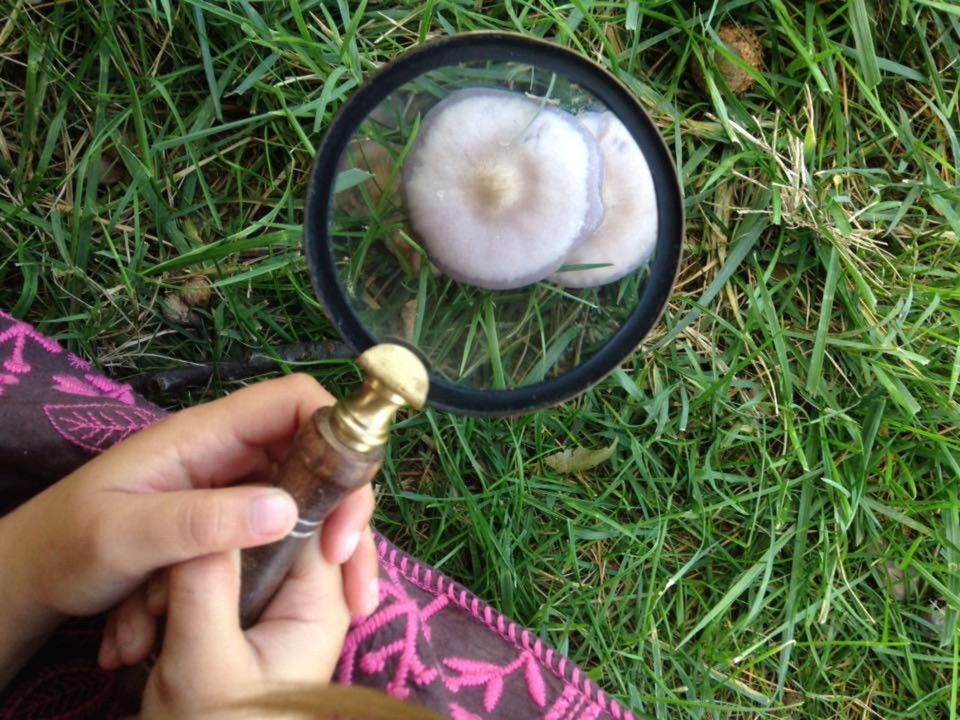In today’s rapidly evolving world, the intersection of technology and education has opened up new frontiers, particularly in the realm of environmental education. With pressing environmental challenges facing our planet, it has become increasingly important to instill a sense of environmental stewardship and awareness in future generations. Fortunately, technological tools are revolutionizing the way we engage with and learn about the natural world. From immersive virtual experiences to citizen science initiatives, these tools are empowering individuals to connect with nature in innovative ways.
One of the most exciting developments in environmental education is the use of virtual reality (VR) and augmented reality (AR) technology. These immersive technologies allow users to explore and interact with virtual environments that replicate real-world ecosystems. By donning a VR headset, students can embark on virtual field trips to distant rainforests, coral reefs, or polar regions, experiencing the sights and sounds of these ecosystems firsthand. AR apps, on the other hand, overlay digital information onto the physical world, enabling users to identify plants, animals, and geological features in their surroundings.
Beyond virtual experiences, technology is also facilitating hands-on learning through citizen science projects. Citizen science involves ordinary people participating in scientific research and data collection, often through smartphone apps or online platforms. For example, apps like iNaturalist allow users to document biodiversity by uploading photos and observations of plants and animals they encounter in their everyday lives. These contributions not only contribute valuable data to scientific research but also foster a deeper connection to the natural world by encouraging participants to actively engage with their surroundings.
Furthermore, environmental educators are harnessing the power of data visualization tools to convey complex environmental concepts in an accessible manner. Interactive maps, infographics, and simulations help students understand phenomena such as climate change, deforestation, and habitat loss by visualizing data in compelling ways. By transforming abstract data into visual representations, these tools make environmental issues more tangible and encourage critical thinking about potential solutions.
Another exciting application of technology in environmental education is the use of remote sensing technology. Satellites, drones, and other remote sensing tools provide researchers with valuable data on land use, vegetation health, and environmental changes over time. Educators can incorporate these datasets into their curriculum to teach students about topics such as ecosystem monitoring, conservation planning, and geospatial analysis. By analyzing satellite imagery or piloting drones, students gain practical skills while gaining a deeper understanding of environmental science.
In addition to enhancing traditional classroom learning, technology is also expanding access to environmental education in underserved communities. Online courses, webinars, and education tools provide flexible learning opportunities for individuals who may not have access to traditional educational resources. Through these digital platforms, people from diverse backgrounds can learn about environmental issues, conservation strategies, and sustainable practices, empowering them to make positive contributions to their communities and the planet.
However, while technology offers many benefits for environmental education, it is important to approach its integration thoughtfully and responsibly. Digital tools should complement, rather than replace, hands-on experiences in nature. While virtual field trips and digital simulations can enhance learning, they cannot fully replicate the sensory richness of the natural world. Therefore, educators must strike a balance between technology-mediated learning and direct experiences outdoors to foster a holistic understanding of environmental concepts.
Furthermore, equitable access to technology remains a challenge in many communities, particularly those in rural or low-income areas. Efforts to bridge the digital divide and ensure that all students have access to technological tools and educational resources are essential for promoting environmental literacy and fostering a sense of environmental stewardship among future generations.
Conclusion:
Education tools are transforming the landscape of environmental education, offering new ways for individuals to explore, learn about, and connect with the natural world. From immersive virtual experiences to citizen science initiatives, these tools are empowering people of all ages to become more informed and engaged environmental stewards. By leveraging the power of technology, we can inspire a new generation of environmental leaders who are equipped to tackle the complex challenges facing our planet.
Keep an eye for more latest news & updates on Vents Magazine!
